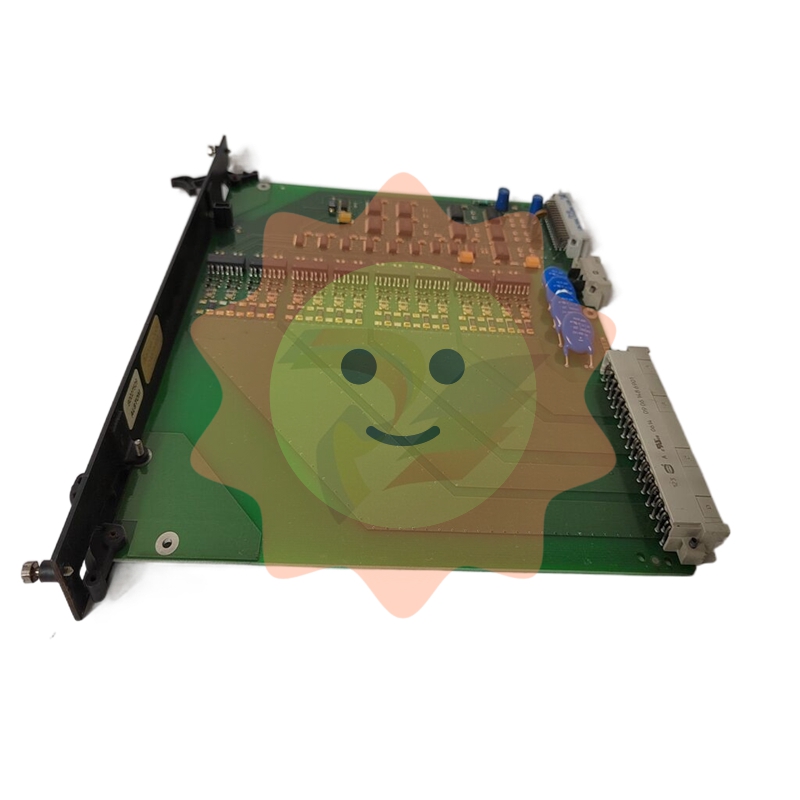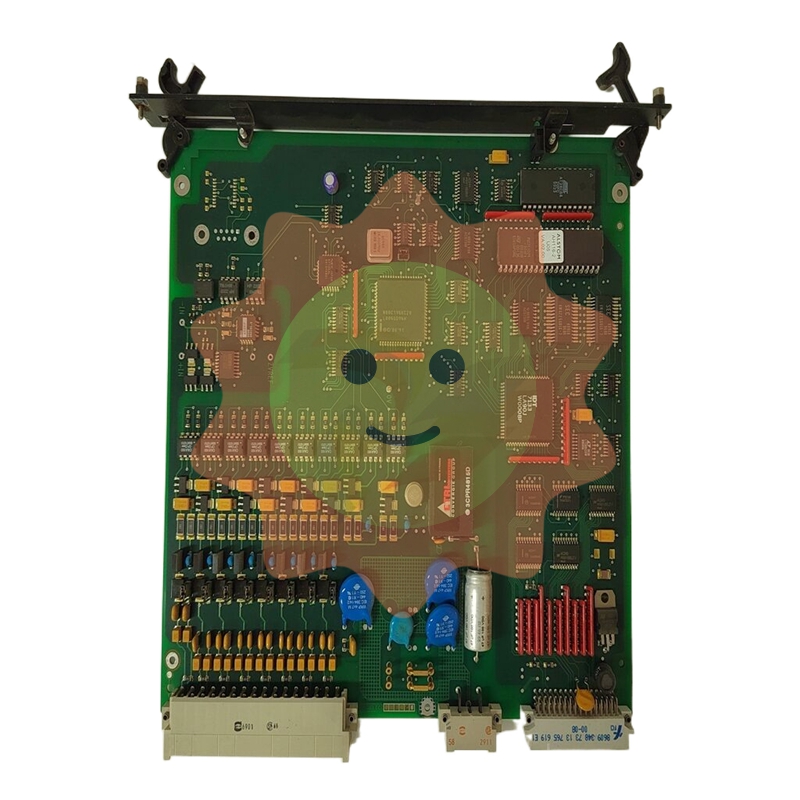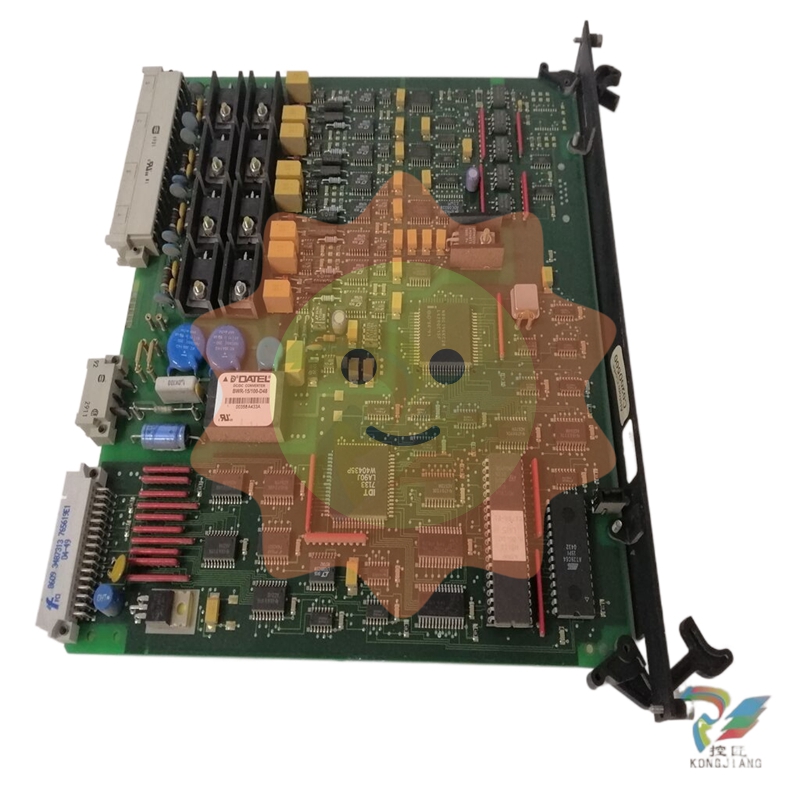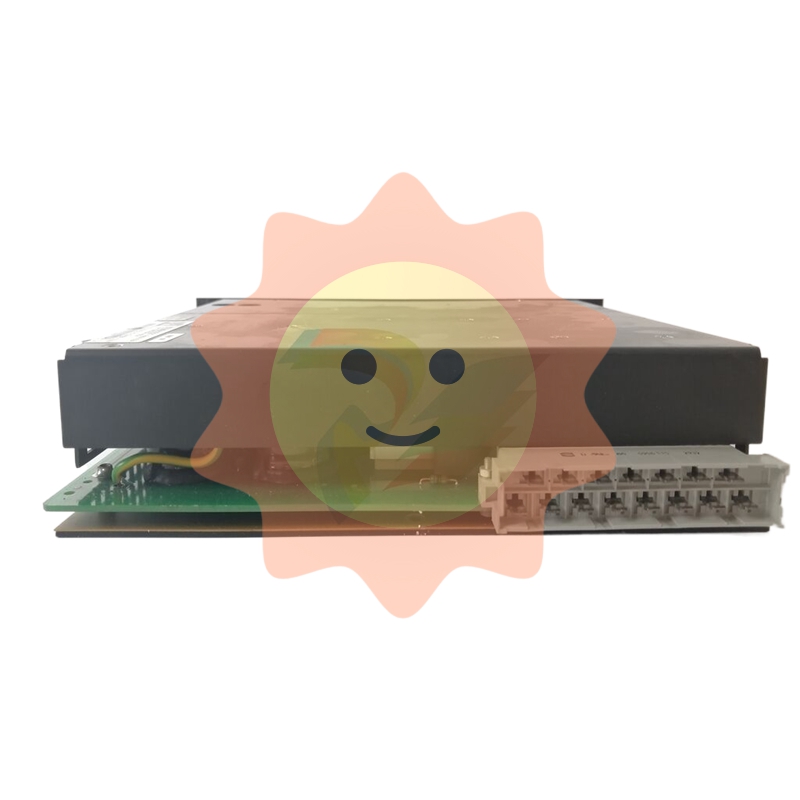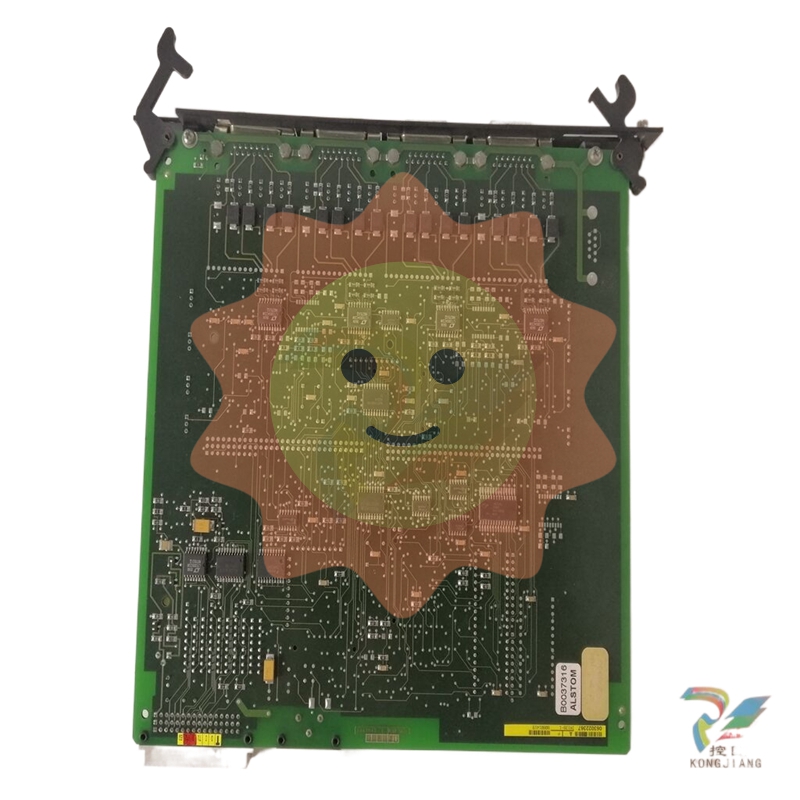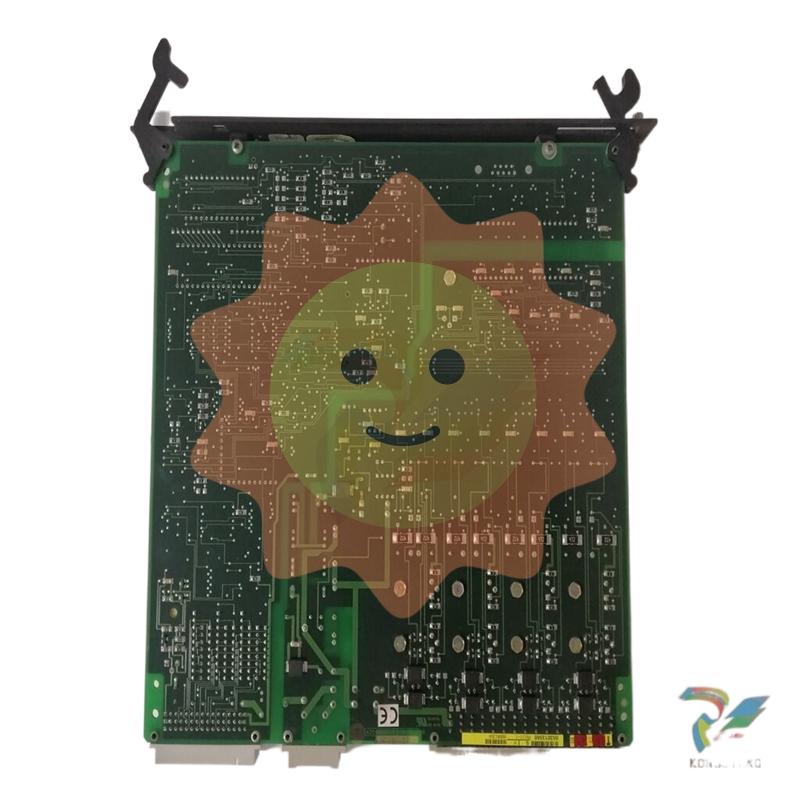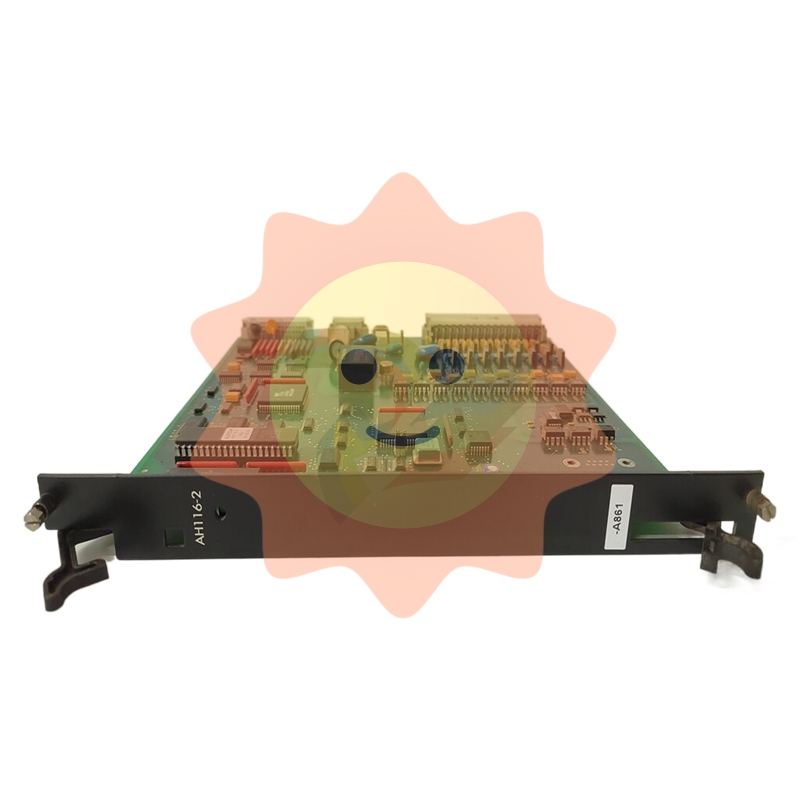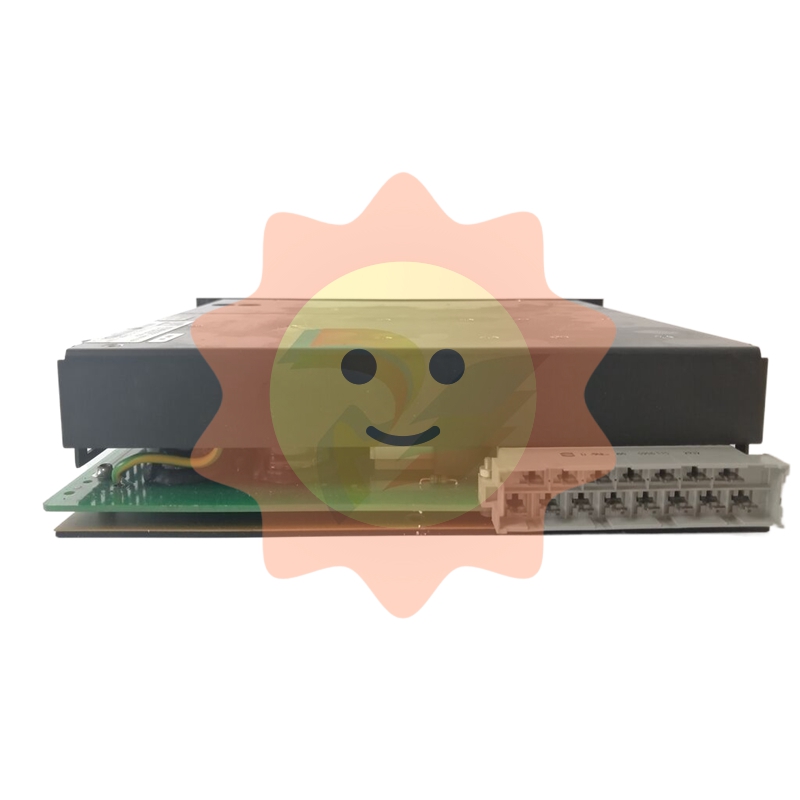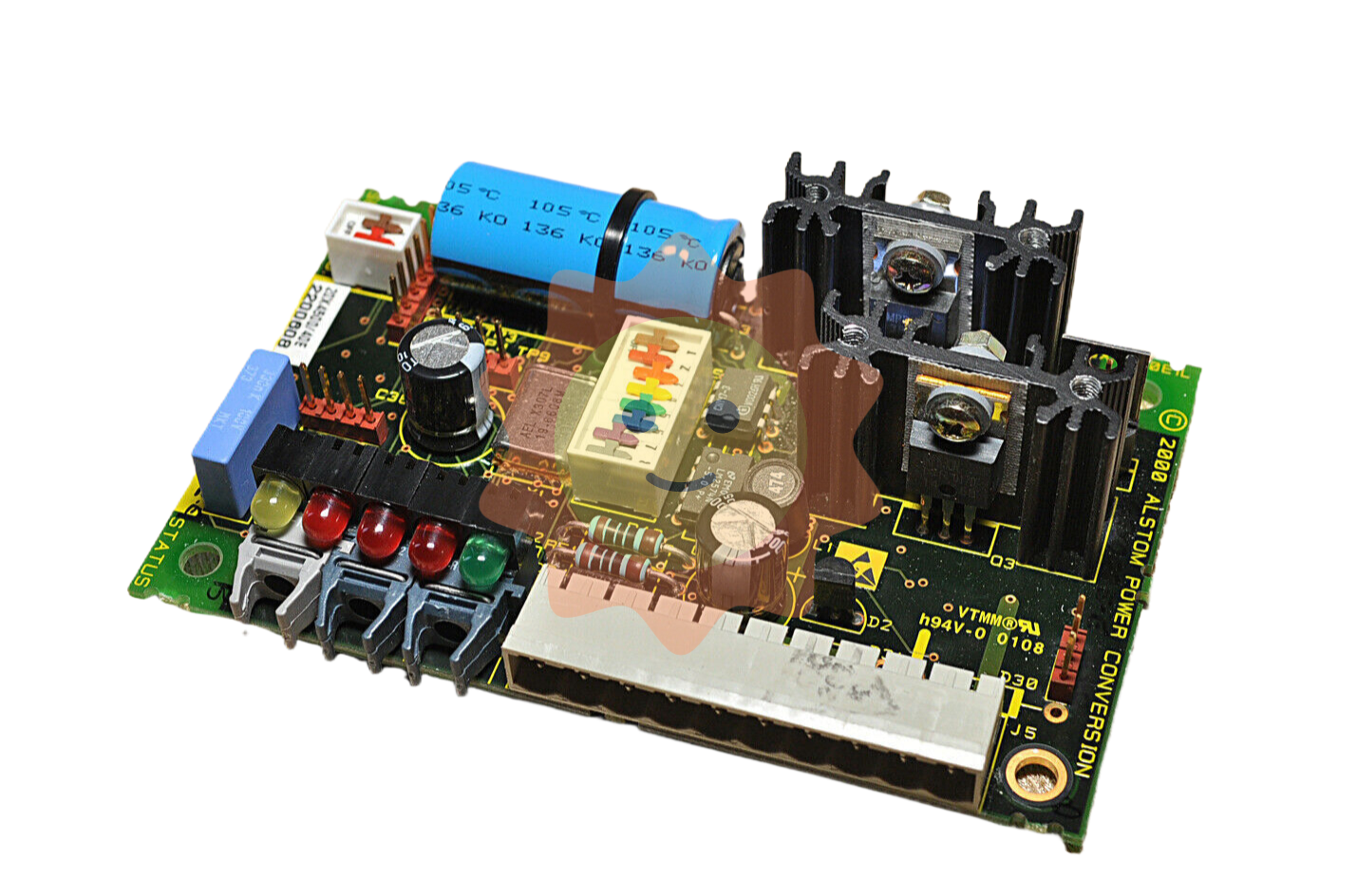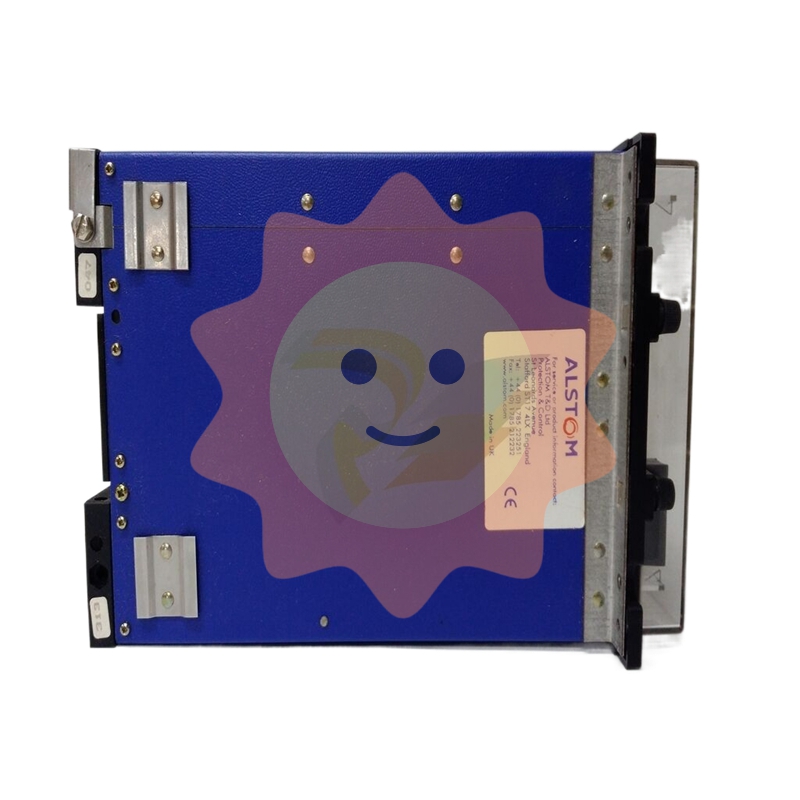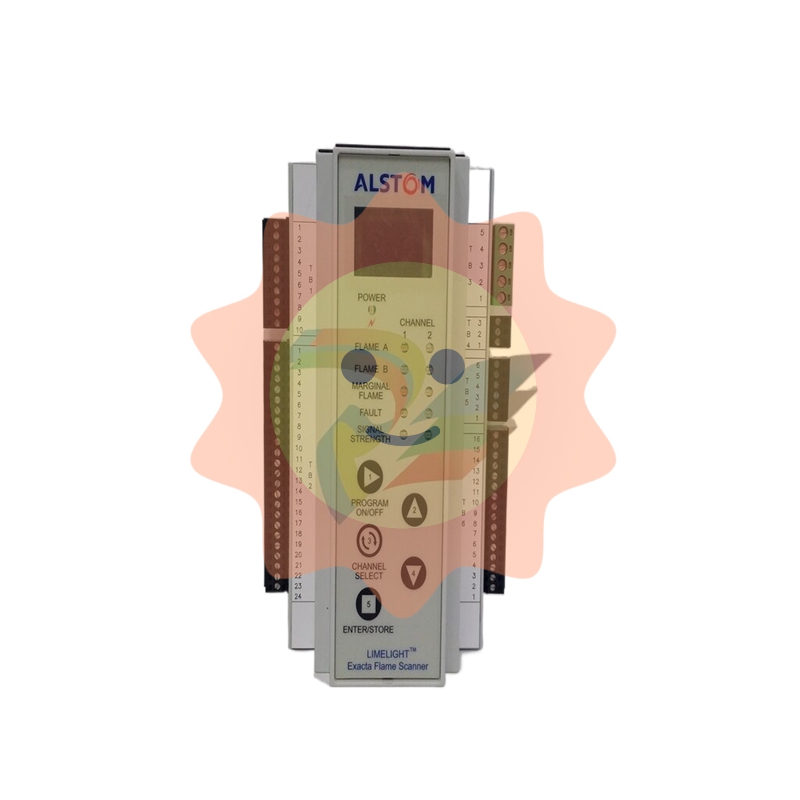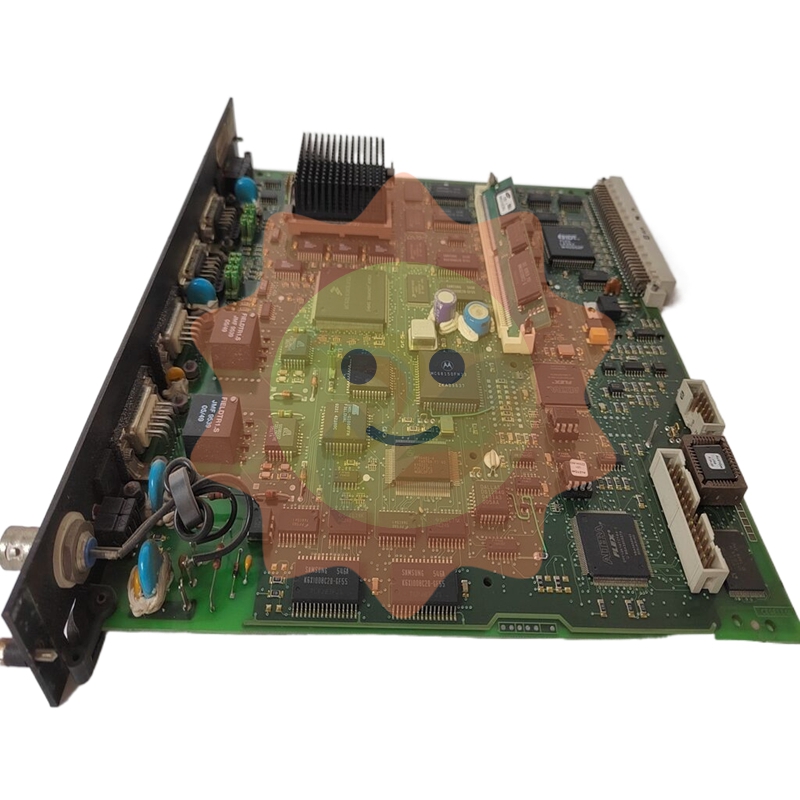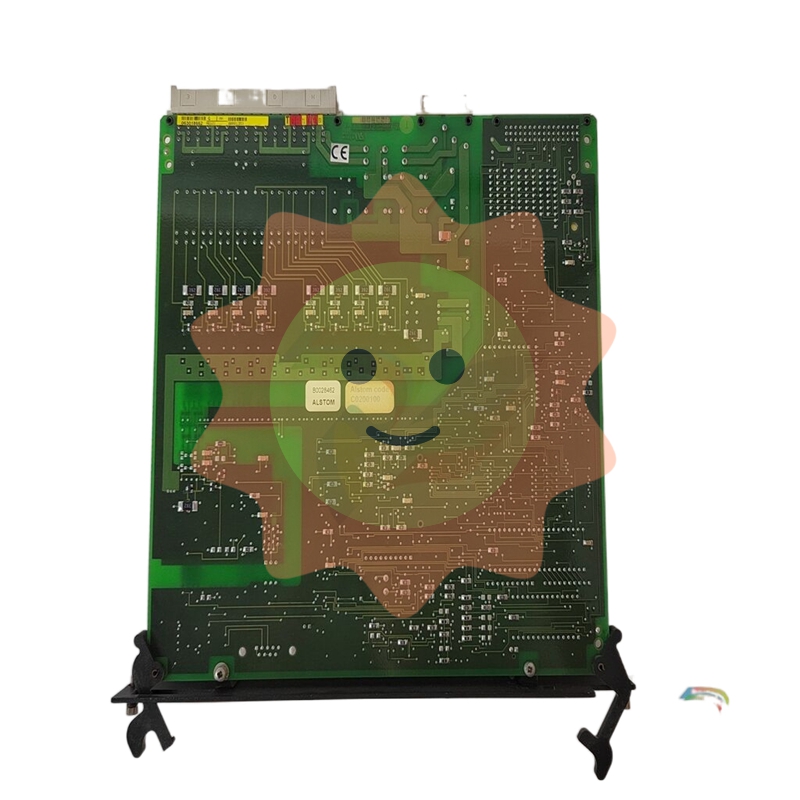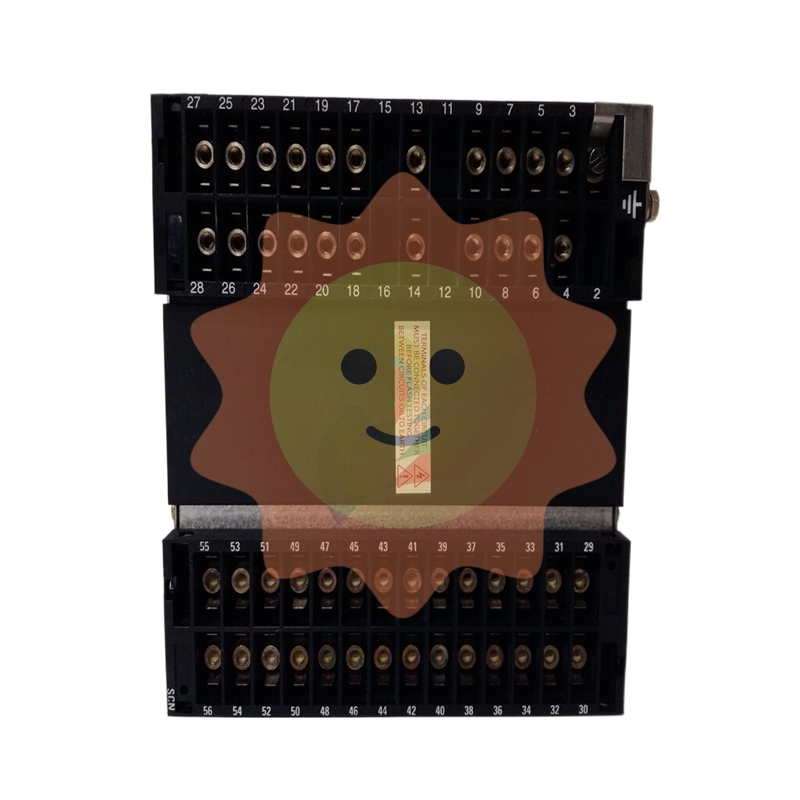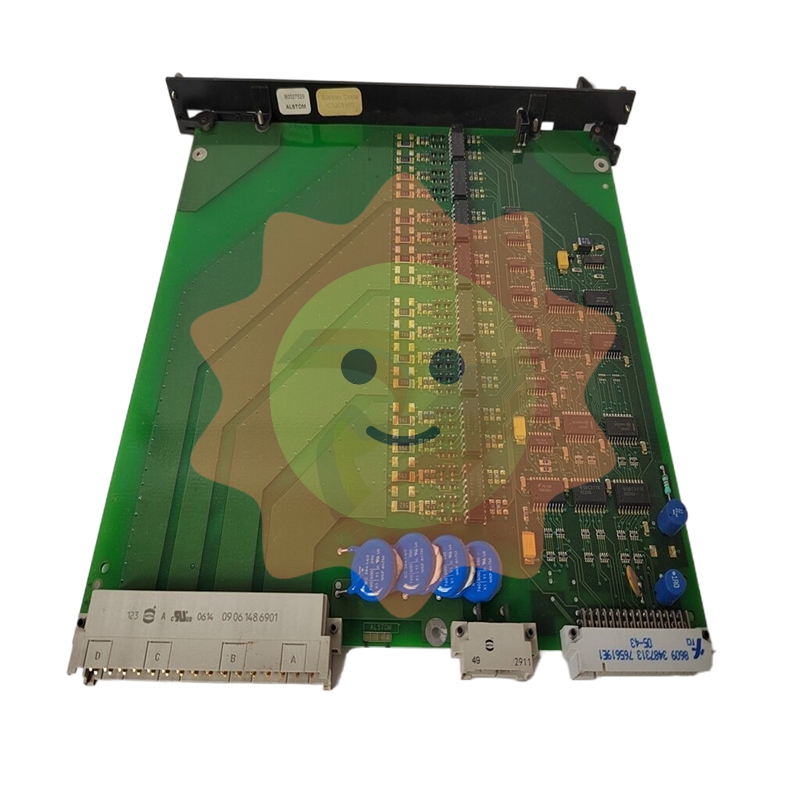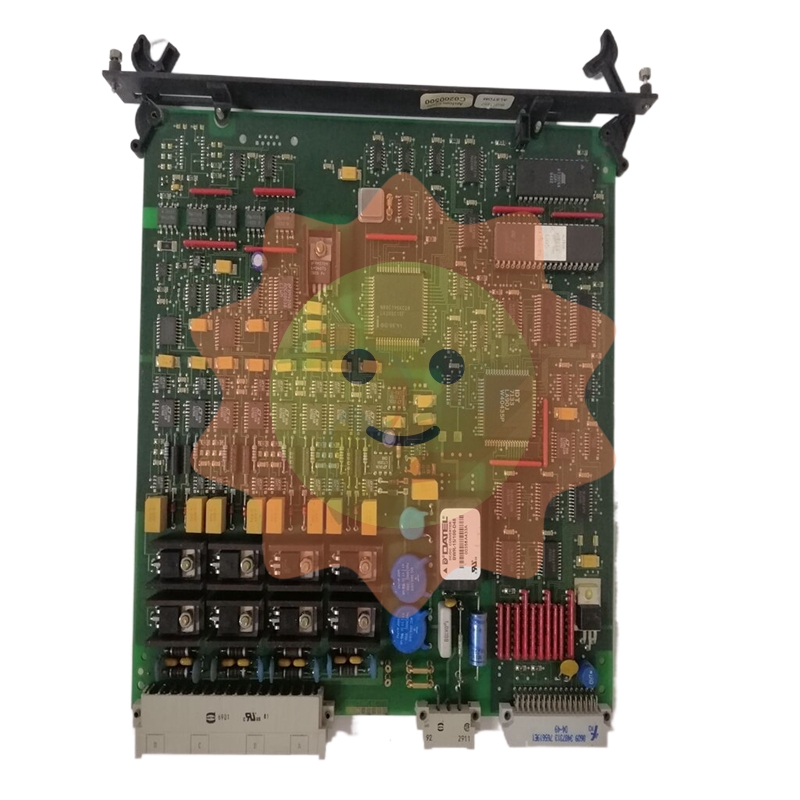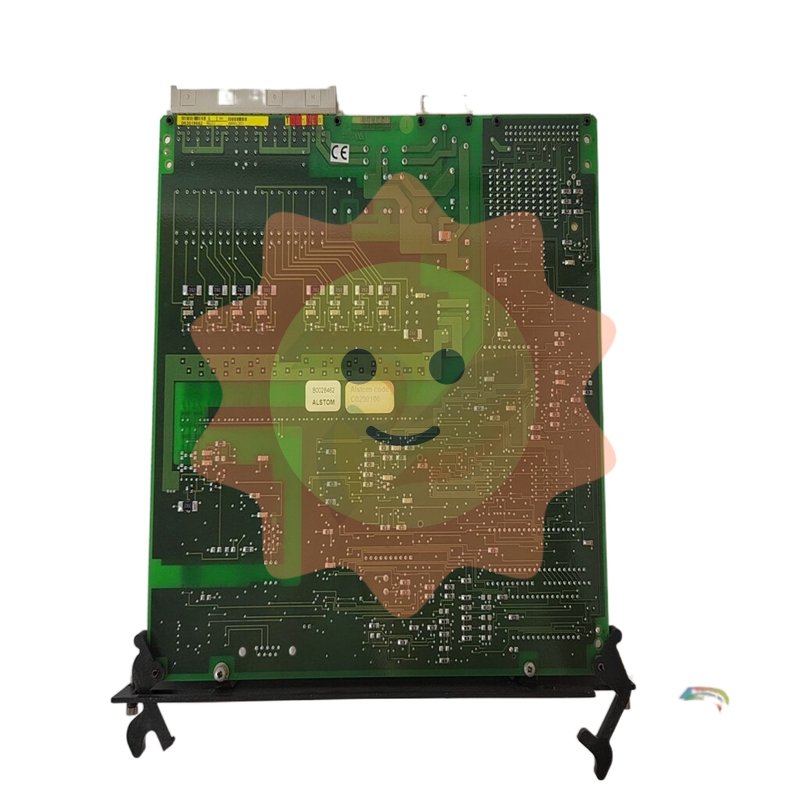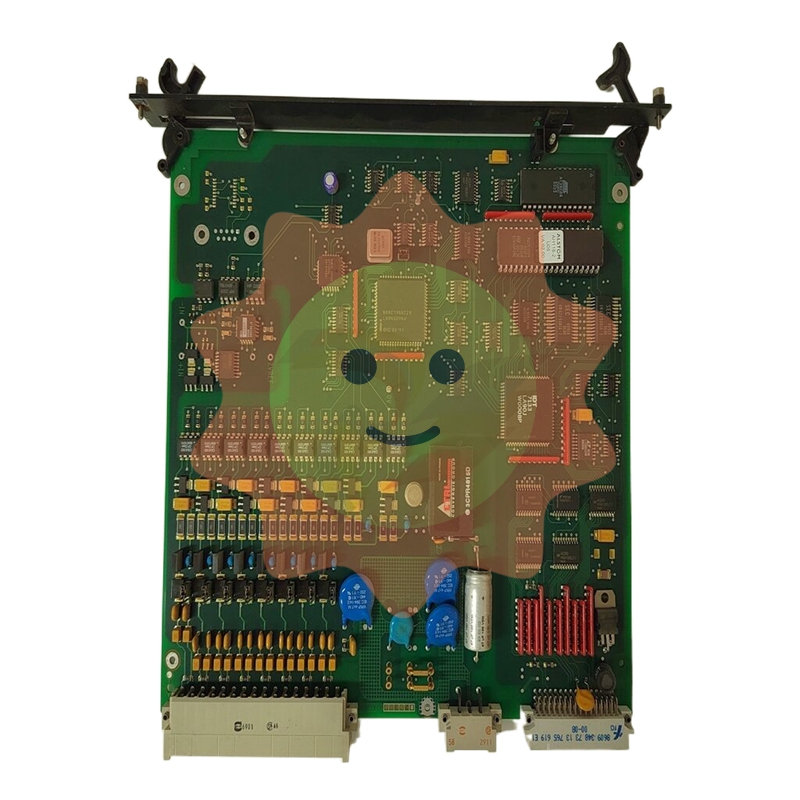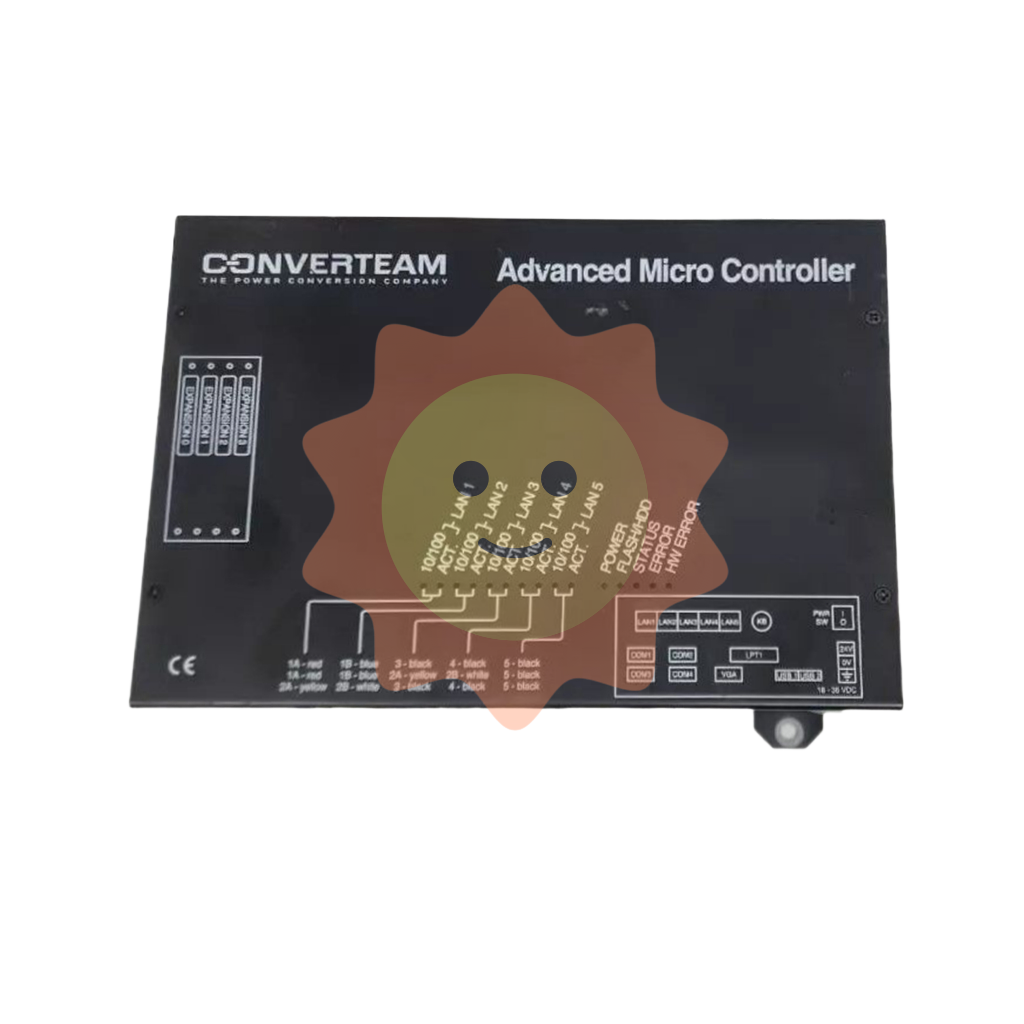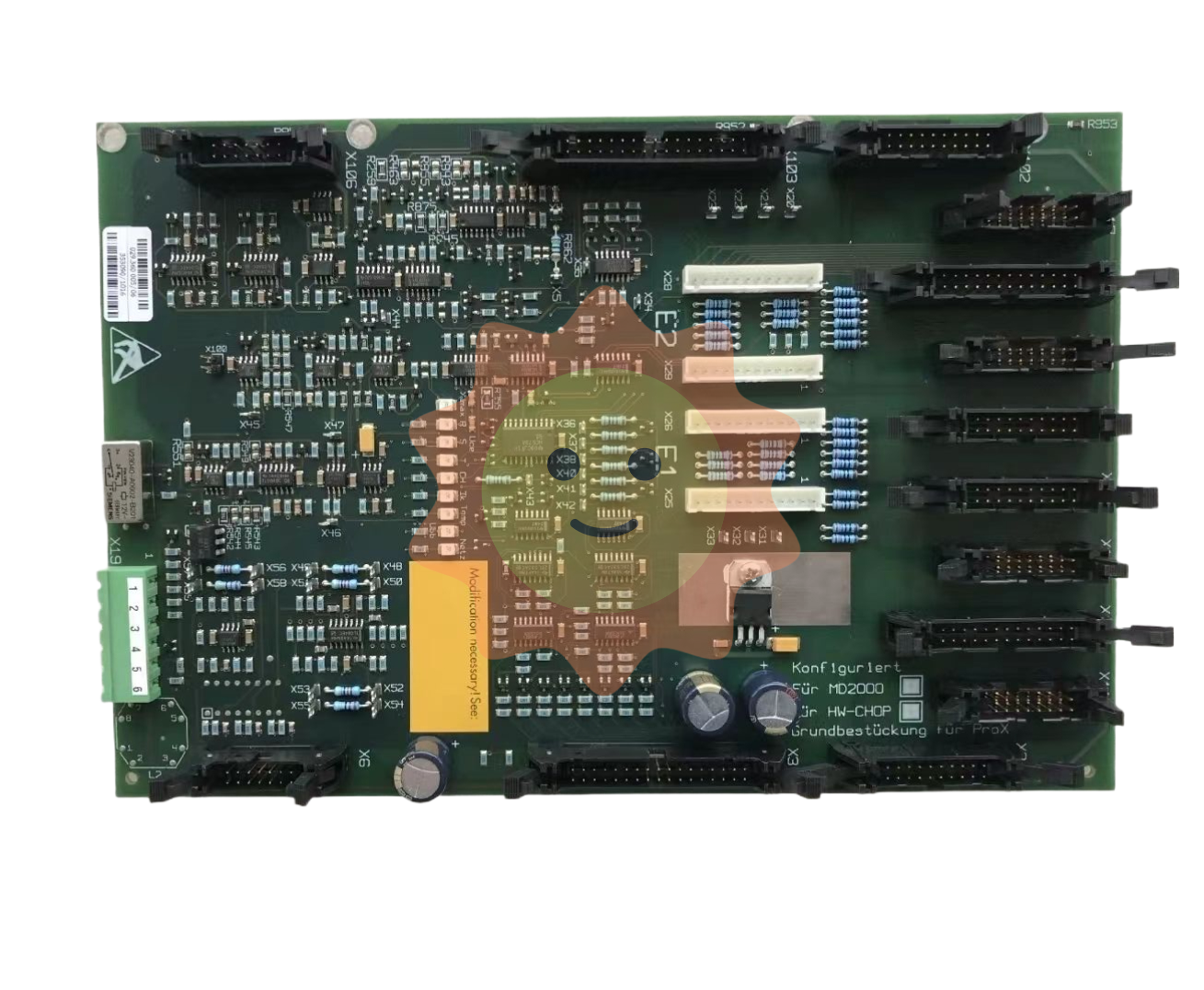High-end materials, 100 billion market
Metal powder is the basis of large-scale production of non-standard metallurgical products
Metal powder refers to metal particle groups with a size less than 1mm, including single metal powder, alloy powder and some refractory compound powder with gold properties, which is the main raw material of powder metallurgy. Powder metallurgy is a process in which metal powder (or a mixture of metal powder and non-metal powder) is used as raw material to manufacture metal materials, composite materials and a variety of different types of products through the forming and sintering process. Therefore, metal powder is accompanied by the development of powder metallurgy technology, and the expansion of the application field of metal powder is inseparable from the continuous innovation of powder metallurgy technology. The important changes brought about by powder metallurgy technology are mainly reflected in two aspects: (1) the development of new materials and advanced technology of key products. The powder metallurgy ductile tungsten wire developed in 1909 brought light to human society. The advent of cemented carbide in 1923 increased the efficiency of metal cutting tens of times or even hundreds of times, bringing revolutionary changes to cutting, mining and drilling and other processing industries. Since the 1930s, refractory metals, electric contact materials and magnetic materials (including rare earth permanent magnet materials) developed based on powder metallurgy technology have provided key equipment and components for electrification systems and communication equipment. (2) Advanced forming process for the production of high-performance metal machinery parts. Since powder metallurgy technology can achieve near-net molding of materials, it has the advantages of high raw material utilization rate (about 95%), high production efficiency, energy saving and environmental protection, and can directly produce high-performance powder metallurgy products with complex shapes and high precision. The rapid development of powder metallurgy machinery parts industry in the world has established its position as an important component of modern manufacturing.

At present, the rapid development of emerging industries represented by a new generation of information technology, new energy, intelligent manufacturing, etc., has put forward higher requirements for materials, such as ultra-high purity, ultra-high performance, ultra-low defect, high-speed iteration, multi-function, high durability, low cost, easy recycling, sophisticated equipment, etc., putting forward higher requirements for the research and development of new materials. The new material industry is developing in the direction of green, low-carbon, fine and economical. The rapid development of new generation information technology and Internet technology such as the Internet of Things, artificial intelligence and cloud computing, as well as the application of new perceptual technology and automation technology, has promoted the continuous acceleration of the research and development process of new materials industry, bringing unprecedented development opportunities for metal powder. Metal powder is widely used in automotive, aerospace, electronics, machinery and construction, etc. In the context of industrial upgrading and green manufacturing, the demand for high-precision and lightweight components in various fields is growing rapidly. The automotive and aerospace industries are leading the way in increasing the demand for lightweight components to provide consumers with energy-efficient solutions. Traditional production methods cannot produce such lightweight and high-precision components, but advanced powder metallurgy processes such as metal powder injection molding (MIM), metal powder additive manufacturing (3D printing) and other processes can efficiently produce such non-standard components at relatively low production costs.
The continuous improvement of powder metallurgy technology has promoted the application field of powder metallurgy products to expand to the high-end market. New energy vehicles, photovoltaic, wind power, energy storage, aerospace, communications, medical and other emerging fields are developing rapidly, and the demand for high-performance, low-cost customized and personalized new materials and components has increased significantly. The progress of powder metallurgy technology can help the large-scale production of low-end homogenized products to upgrade the large-scale production of high-end customized products. The so-called large-scale production is not only the expansion of the scale of production capacity, but the improvement of production efficiency, thereby saving energy and reducing costs. Metal powder is the basis of large-scale production of non-standard metallurgical products.
Metal powder sword refers to 100 billion market
According to PMR (Persistence Market Research), despite the COVID-19 pandemic, global sales of metal powders maintained a compound growth rate of 3.4% between 2017 and 2021. In 2021, the global market for metal powders will reach 8.9 billion US dollars. As new energy vehicles, photovoltaic, energy storage, aerospace and other sectors prefer advanced manufacturing processes to reduce time, cost and labor while improving production efficiency, the demand for metal powders is expected to experience higher growth in 2022-2032. The global market size is expected to grow from $9.5 billion in 2022 to $19.3 billion in 2032, representing a compound annual growth rate (CAGR) of 7.4%. The United States is the largest consumer of metal powder, followed by China. PMR expects the U.S. market to reach $2.7 billion in 2022, with North America accounting for 30.9% of the total. Various technological advances and the rapid adoption of cutting-edge manufacturing technologies will promote the rapid growth of metal powder demand in the United States. Due to the demand for high-precision, durable and high-strength components, PMR expects 3D printing to experience high growth in the healthcare and defense sectors. China is the world's second largest economy, at the same time is a global manufacturing power, metal powder in electronics, automotive, aerospace, new energy, medical and other fields of application space is broad, superimposed industrial upgrading and import substitution, China's metal powder market is expected to enter the accelerated expansion stage.

Metal powder including aluminum powder, copper powder, iron powder, nickel powder, titanium powder, tungsten powder, molybdenum powder, among which iron powder accounts for the largest proportion, PMR believes that the next 10 years the demand for aluminum powder is the fastest growing, is expected to 2032, aluminum powder will grow at a compound growth rate of 10%, the main reason is that automotive and aerospace and other industries in order to provide customers with energy-saving solutions, The growing demand for lightweight and high-precision components is driving the demand for aluminum metal powders. We believe that with the progress of the process and the decline in cost, the demand for titanium powder will also usher in rapid growth, compared with aluminum powder, titanium powder performance is better, but the cost is higher. From the perspective of powder metallurgy process, additive manufacturing (3D printing) will be the process technology with the largest market potential and the highest growth rate in the future. According to BCC Research, the global additive manufacturing powder metallurgy market size is expected to be $411.9 million in 2022 and reach more than $1.1 billion by 2027, with a compound annual growth rate (CAGR) of 22.6%. Among them, North America will grow from $156.2 million to $343.4 million in 2022-2027 (17.1% CAGR), and Asia-Pacific will grow from $109.1 million to $371 million in 2022-2027 (27.7% CAGR).
According to Platit's 2021 annual report, the global additive manufacturing market size reached $15.244 billion in 2021, an increase of 19.5% compared to 2020, and an average growth rate of 20.4% over the past four years (2018-2021). Among them, 3D printing services accounted for 41%, printing materials accounted for 23.4%, printing equipment accounted for 22.4%, and other accounted for 13.2%. In 2021, the scale of the additive manufacturing materials industry reached $2.598 billion, an increase of 23.4% over 2020, accounting for 17% of the total output value. Special materials for additive manufacturing are divided into four categories: metal, photosensitive resin, polymer powder and polymer wire, of which metal raw material business accounts for 18.2%, photosensitive resin accounts for 25.2%, polymer wire accounts for 19.9%, and polymer powder accounts for 34.7%. From the perspective of downstream application fields, aerospace accounted for 16.8%, consumer/electronic products accounted for 11.8%, government/military accounted for 6%, medical care accounted for 15.6%, scientific research institutions accounted for 11.1%, construction 4.5%, automotive 14.6%, energy 7%, other 12.6%. In the future, as the epidemic gradually flattens out, the additive manufacturing industry will still maintain rapid development, industrial additive manufacturing application scenarios will continue to increase, and consumer-grade additive manufacturing will stabilize. The United States, Europe and other countries will continue to inject energy into the additive manufacturing industry. 3D printing continues to grow in verticals including aerospace, automotive and medical.
Metal powder is the most consistent with the first principles of metal materials
Mainly through powder metallurgy process can be widely used
Metal powder refers to metal particle groups with a size less than 1mm, which is the main raw material of powder metallurgy. The small particle size ranges from 1nm to 1mm, and 1nm is roughly equal to the length of the arrangement of 45 atoms. Metal powder is a loose substance, and its properties comprehensively reflect the properties of the metal itself, the properties of individual particles and the characteristics of particle groups. The properties of metal powders can generally be divided into chemical properties, physical properties and technological properties. Chemical properties refers to the metal content and impurity content, the more metal content, indicating that the higher the purity of the metal powder, its chemical properties will be better; The physical properties include the average particle size and particle size distribution of the powder, the shape, surface topography and internal microstructure of the particles, the finer the particle size of the metal powder, the larger the specific surface area, the prepared parts have the advantages of good sintering activity, high molding density and low eddy current loss, which will improve the mechanical properties of the parts. It is widely used in high frequency and high power electronic and electric power working scenarios. Process performance is a comprehensive property, including powder fluidity, loose density, formability and sintering size change. The performance of metal powder depends largely on the production method and preparation process of the powder.

Among them, electronic special high-end metal powder is different from the traditional metal powder industry, in order to meet the requirements of downstream electronic components products miniaturization and thinness, the metal powder particle size of electronic components is much smaller than that of traditional powder metallurgy materials, and its manufacturing technology is also significantly different, and the production cost is far from comparable to ordinary powder metallurgy materials. According to the classification of components, metal powders can be divided into single metal powders and alloy powders. Single metal powder is divided into iron powder, copper powder, aluminum powder, nickel powder, titanium powder, lead powder, tin powder, cobalt powder, chromium powder, silver powder, etc., is widely used in powder metallurgy structural parts, diamond tools, magnetic materials, friction materials batteries and other downstream fields. Alloy powders include iron-based alloy powder, nickel-based alloy powder, copper-based alloy powder, etc. Taking iron-silicon alloy powder as an example, iron-silicon powder has the characteristics of good sphericity and high fluidity, and the corresponding prepared magnetic powder core has low power loss, high DC superposition characteristics and frequency and temperature stability. Widely used in electric vehicle DC charging pile, solar photovoltaic inverter, high power APF active filter and hybrid reactance. In addition, metal powder can also be divided into electrolytic powder, reducing powder, atomized powder, carbonyl powder, crushing powder and so on according to the production process; According to the application, it is divided into soft magnetic powder, high-temperature alloy powder, 3D printing special powder, electronic special powder and so on.
Metal powder is often generated by traditional powder metallurgy, injection molding, additive manufacturing and other processes structural parts or functional parts, can also be directly applied to all walks of life. With the continuous development of powder metallurgy technology and the continuous expansion of downstream application fields, the application proportion of metal powder in different fields will continue to increase, and the terminal application will continue to expand. With the gradual landing of new technologies such as injection molding and 3D printing, and under the dual pressure of enterprise cost and environmental protection, the advantages of powder metallurgy process continue to emerge, and powder metallurgy has a broad market in aerospace, high-end equipment and medical devices and other terminal applications.
Iron based powder accounted for the largest proportion, and other powders blossomed
Iron based powder is the most important powder variety in the metal powder industry. Metal powder represented by iron based powder is a new type of industrial raw material, which belongs to the important raw material field of manufacturing industry. It has important strategic significance for China's manufacturing industry to achieve high-end breakthrough and complete industrial transformation. Iron based powder is the most important powder variety in the metal powder industry, iron based powder industry downstream applications mainly include powder metallurgy products, diamond tools, magnetic materials, thermal spraying, metallurgical accessories and welding materials, terminal applications include transportation vehicles, household appliances, power tools, 3C electronics and medical equipment and many other industries. With the continuous improvement of metal powder preparation technology, the terminal application of metal powder is constantly expanding. Taking the downstream powder metallurgy products industry as an example, with the gradual landing of new technologies such as injection molding and 3D printing, and under the dual pressure of enterprise cost and environmental protection, the advantages of powder metallurgy process continue to emerge, and powder metallurgy has a broad market in aerospace, high-end equipment and medical devices and other terminal applications. With the rapid development of downstream application industries and the continuous expansion of metal powder application fields, the metal powder industry has ushered in a period of rapid development. According to the "2022-2026 China Metal powder Industry In-depth research and Investment prospects Forecast Report" released by the CIC Industrial Research Institute, from 2016 to 2020, China's metal powder sales show a growth trend. In 2020, the sales volume of metal powder in China is 736,100 tons, of which the total sales volume of steel powder is 679,000 tons, accounting for more than 90%. From 2013 to 2020, China's copper fund powder sales also increased year by year, from 42,100 tons to 57,100 tons, with a CAGR of 4.4%.

The iron base powder mainly includes atomized iron powder, reduced iron powder, carbonyl iron powder, alloy steel powder and so on. Iron-based powders are widely used downstream, and can be divided into structural materials and functional materials according to the different ways of use: Structural materials refer to the metal powder made into structural parts that withstand external forces through traditional pressing or new processes (such as injection molding, 3D printing technology), while functional materials refer to the special physical/chemical properties of metal powder to form special physical/chemical properties of functional components.
Domestic copper-based powder materials are mostly used in powder metallurgy parts, superhard tools, high-speed rail EMU brake plates and other fields, with the gradual improvement of preparation technology and the further improvement of product quality, copper powder materials have been widely used in more diverse fields. In recent years, the development of thermal conductive materials, high-speed iron brake pads, chemical catalysts, additive manufacturing and other application areas has promoted the increase in sales of copper-based powder, copper-based powder industry technology has been improved, the degree of automation has been improved, and product serialization has gradually improved to meet the requirements of different fields. According to the statistics of the Powder Metallurgy Association of the China Steel Association, the total sales volume of copper and copper alloy powder in China in 2020 will be 57,100 tons, and the total production capacity will exceed 70,000 tons. There are 9 domestic enterprises with an annual production capacity of more than 2,000 tons, and the market concentration is high. With the continuous expansion of downstream applications, the copper-based powder market still has a large room for development.
Traditional metal powders are mainly iron based powder and copper based powder, but with the upgrading of powder metallurgy process and the outbreak of demand in new energy, aerospace and other fields, other metal powders have also developed rapidly in recent years. In particular, the rise of metal 3D printing technology has led to other metal powders, including titanium powder, aluminum powder, nickel powder, cobalt powder, tin powder, chromium powder, etc. For more than 100 years, metal powder has mainly been monopolized by leading enterprises in developed countries such as Europe, America, Japan and Russia, and Chinese enterprises generally began to lay out and make efforts in the field of metal powder after 2000. In recent years, the rapid rise of Chinese metal powder enterprises has carried out domestic substitution in multiple powder fields.
- EMERSON
- Honeywell
- CTI
- Rolls-Royce
- General Electric
- Woodward
- Yaskawa
- xYCOM
- Motorola
- Siemens
- Rockwell
- ABB
- B&R
- HIMA
- Construction site
- electricity
- Automobile market
- PLC
- DCS
- Motor drivers
- VSD
- Implications
- cement
- CO2
- CEM
- methane
- Artificial intelligence
- Titanic
- Solar energy
- Hydrogen fuel cell
- Hydrogen and fuel cells
- Hydrogen and oxygen fuel cells
- tyre
- Chemical fiber
- dynamo
- corpuscle
- Pulp and paper
- printing
- fossil
- FANUC
- Food and beverage
- Life science
- Sewage treatment
- Personal care
- electricity
- boats
- infrastructure
- Automobile industry
- metallurgy
- Nuclear power generation
- Geothermal power generation
- Water and wastewater
- Infrastructure construction
- Mine hazard
- steel
- papermaking
- Natural gas industry
- Infrastructure construction
- Power and energy
- Rubber and plastic
- Renewable energy
- pharmacy
- mining
- Plastic industry
- Schneider
- Kongsberg
- NI
- Wind energy
- International petroleum
- International new energy network
- gas
- WATLOW
- ProSoft
- SEW
- wind
- ADVANCED
- Reliance
- YOKOGAWA
- TRICONEX
- FOXBORO
- METSO
- MAN
- Advantest
- ADVANCED
- ALSTOM
- Control Wave
- AB
- AMAT
- STUDER
- KONGSBERG
- MOTOROLA
- DANAHER MOTION
- Bentley
- Galil
- EATON
- MOLEX
- Triconex
- DEIF
- B&W


email:1583694102@qq.com
wang@kongjiangauto.com

